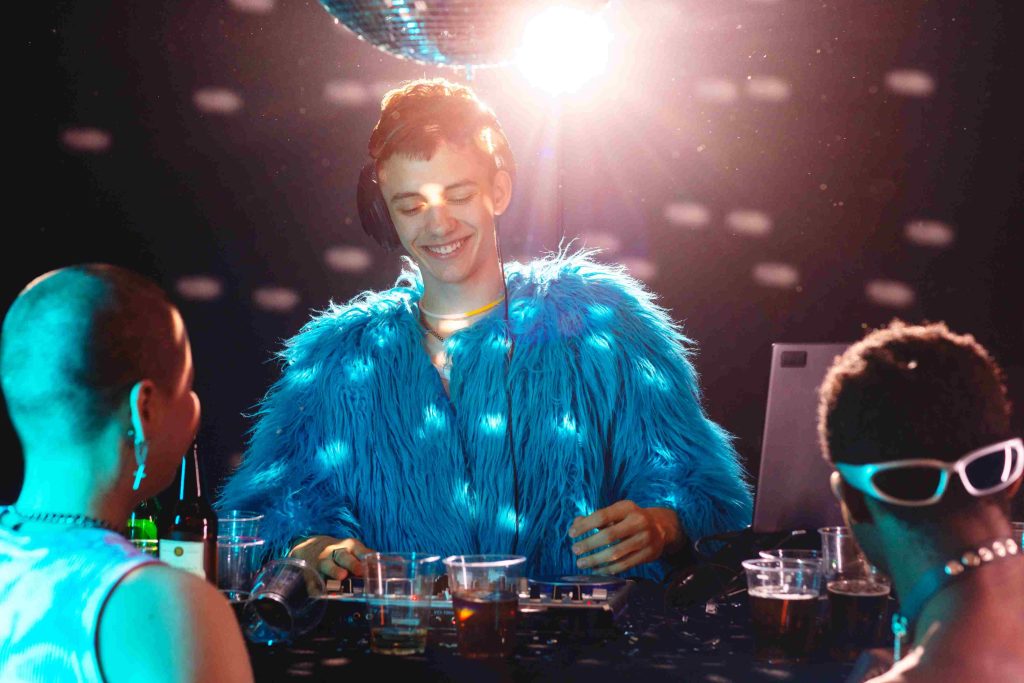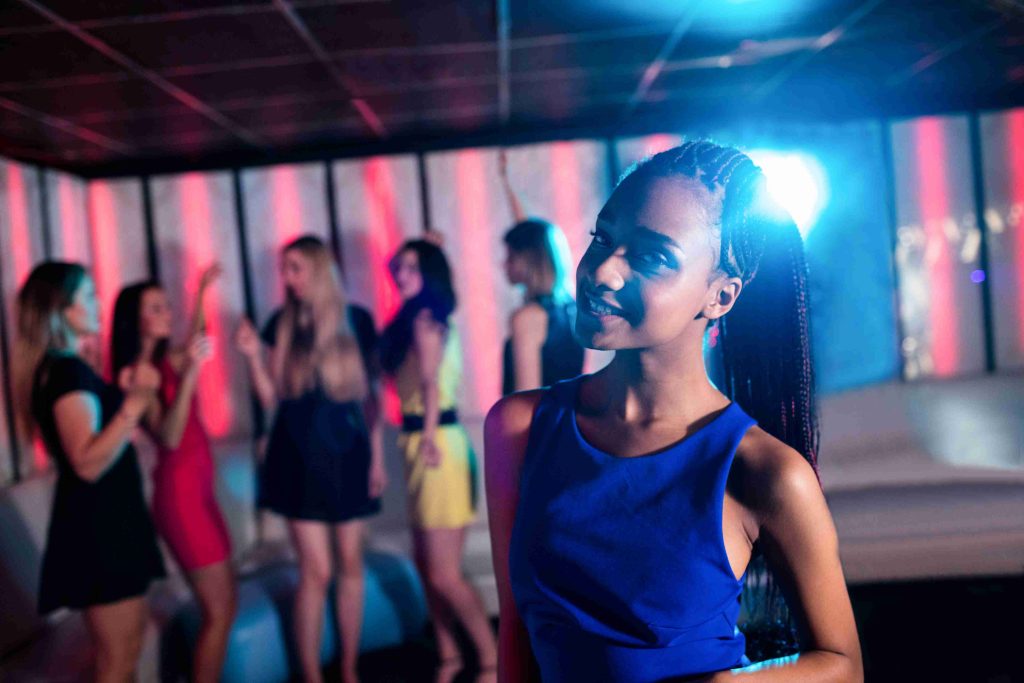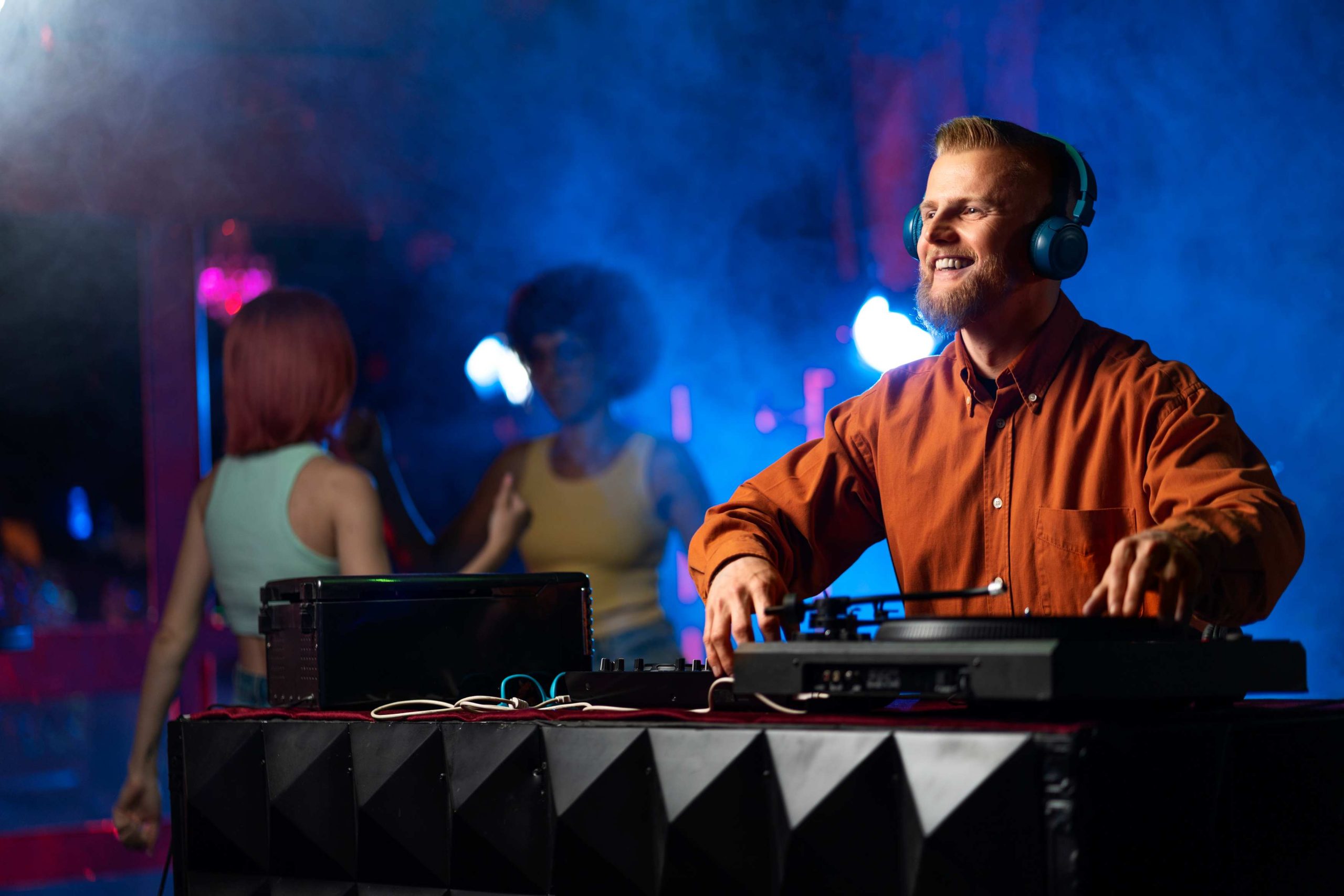When people go into a nightclub or concert hall, they want a night to remember. The pounding music, the flashing lights, and the masses of people all conspire to create something magical. But behind all that excitement is an incredible amount of science and technology. From pyrotechnic club speakers to sophisticated DJ lighting, modern entertainment spaces rely on a great deal more than great music.
In fact, lighting and sound equipment play a pivotal role in how we perceive music. They determine what we hear, what we see, and even how we react. Let us discuss in detail how sophisticated sound and lighting equipment are designed to make dull performances into electrifying experiences. We will also see how Veteer Audio and Xinyu firms are producing the equipment that makes it possible.
The Physics of Sound in Concerts and Clubs
Music is not just melody and lyrics. It’s also waves of sound through the air into our ears. Whether or not the waves are made, transmitted, and received in a particular manner can change the entire experience. That’s why professional stages and halls use specially designed sound systems.
For example, VT Series speakers from Veeter Audio are specifically designed to handle loud music in large rooms. These are not volume enhancers, but are clear in sound even at high volume. There are also different types of drivers within: woofers for bass and tweeters for high, piercing sounds. The size and material of the speaker box also contribute to how sound propagates in a room.
When these pieces are all tuned correctly, the music doesn’t just turn up to a higher volume—it surrounds you. The bass thumps the floor. The vocals are crisp, even when you’re in the middle of a packed room. And the music is still distinct whether you’re up front near the stage or dancing near the back.

Sound Management and Directing Acoustics
The other very important component of concert and club sound is acoustics. This is the analysis of how sound behaves in rooms. Hard surfaces like glass or tile will reflect sound, making it echo. Soft surfaces like curtains or padded walls will absorb sound, making it sound warmer and less harsh.
Speaker systems like Veeter Audios are developed to work in any kind of room. Their direction controls and high outputs enable the sound engineers to channel the music exactly where it is needed. This is especially useful in large halls or outdoor stages, where sound is lost very fast.
Good acoustics also protects our ears. If the sound is clear, we do not need to turn the volume too loud. This means that listeners can listen to loud music without damaging their ears in the long run.
Lighting That Creates a Mood
While the words that the speakers are saying tell us what we are listening to, the lights tell us what we are seeing—and how we feel. Lighting in clubs and concerts is designed to complement the rhythm of the music and the mood of the audience. Strobe lights can create excitement, and smooth color transition can create serenity or emotion.
This is where DJ lights are utilized. Companies like Xinyu offer different lighting systems for commercial purposes. One of the products they offer is the LED UV12, which utilizes ultraviolet LED lights in an attempt to create special effects for the stage. Such lights make some materials glow in the dark, hence giving a dramatic and playful look.
LED lights are clubs’ favorite because they are energy-efficient, bright, and easy to control. They can be color-changing, flash on beat, and move around the room—all from a digital controller. This makes the visuals entirely in sync with the music.
How Lights and Sound Cooperate
When sound and lighting systems are synchronized to operate in conjunction with one another, the outcome is more than a party—it’s an event. Picture a drop in a beat in a song that’s accompanied by a burst of light. Or the slow song with the dim, fading lights in the background. These are not by chance. They are actually planned through the use of software that synchronizes music and lighting effects.
The DMX controllers are the hardware that lighting designers employ to operate their light displays. These hardware can be set to react to music in real time. For example, the LED lights of Xinyu can be set to shift color with the beat, or gradually dim during silences.
In the meantime, the sound engineers utilize mixers and audio processors to balance the music and test each speaker to ensure they are working well. All these individuals collaborate to deliver a world where music, light, and movement are blended in harmony.

The Role of Design and Safety
Good stage and club equipment is not only a question of power—it’s a question of safety and smart engineering. Good speakers and lights need to be able to withstand heat, humidity, and all-day usage. They need to be built using heavy-duty materials and be safety-tested.
Veeter Audio stage music products are built to withstand heavy use during live performances. Their enclosures are made to protect the internal components from tampering. The same can be said of Xinyu lights, which are made to resist even constant movement and heavy heat from LEDs.
Safety also includes protecting the crowd. Poorly placed speakers or loose lighting gear can endanger individuals. That is why experts take time to install and inspect everything before an event.
Making Entertainment More Accessible
Another benefit of modern sound and lighting equipment is that it helps to provide an environment where everyone can enjoy the performance. Loud is not necessarily abrasive, and bright is not necessarily painful. With better equipment, clubs and concert halls can make music events more accessible to people of all ages and sensitivities.
For instance, the clear sound implies that individuals do not have to stand close to the singer to hear the music. This minimizes congestion and enables individuals to move and dance as they wish. Adjustable lighting also facilitates easy mood change for various performances or audiences.
The Future of Stage and Clubs Technology
What lies ahead for sound and lighting design? Engineers are already coming up with new systems based on artificial intelligence (AI) to control music and lights automatically. Sensors can detect the number of people present or the room’s energy level and make sound and light changes.
There are more wireless systems in the works as well. That means fewer cables on the floor and faster setups for productions. And with smart apps, artists and DJs are able to make all the adjustments from a phone or a tablet.
These developments are increasingly exciting, increasingly flexible, and increasingly integrated in terms of club and stage experiences.
Conclusion
When we envision a fabulous night on the town or a thrilling concert, we automatically think of the music itself. But as we’ve discovered, a whole lot more is going on behind the scenes. From the speakers that produce the beats to the lights that paint the room, technology plays a huge role in the magic of live entertainment.
Businesses such as Veteer Audio and Xinyu are among those advancing. Their efforts prove to us that sound and light are not merely devices—they are an aspect of the artwork itself.
As we move ahead in the days to come, clubs and stages will continue to rely on these technologies. For when done right, the harmonious blend of sound and light can do more than play music. It can get the people dancing, create memories, and make each performance unforgettable.


